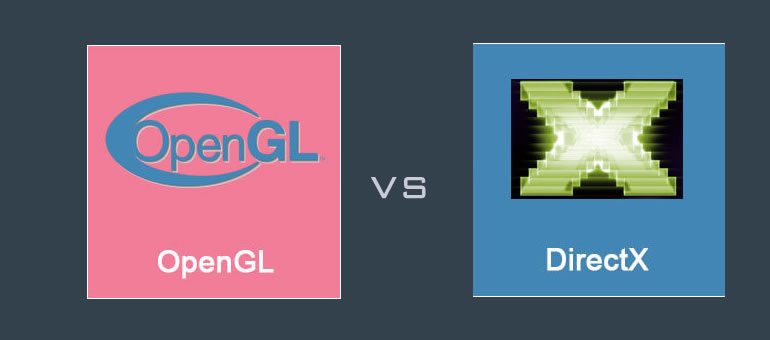
Render API wars
Software rendering refers to the process of generating computer graphics using only software algorithms, without relying on dedicated hardware acceleration, such as graphics processing units (GPUs). In software rendering, all the computations for rendering graphics are performed by the CPU.
In software rendering, the CPU is responsible for performing all the necessary calculations, including vertex transformations, rasterization, shading, and pixel calculations.
This approach can be slower compared to hardware-accelerated rendering, as CPUs are generally not optimized for the parallel processing required for graphics rendering.
Software rendering was more prevalent in the early days of computer graphics when dedicated graphics hardware was either limited or nonexistent. However, with the advent of powerful GPUs and their ability to perform massively parallel calculations, hardware-accelerated rendering has become the standard in most modern graphics applications and games.
While software rendering is generally slower than hardware rendering, it can still be useful in certain scenarios. For example, it can be used for rendering on systems without dedicated graphics hardware, for rendering on embedded systems or mobile devices with limited GPU capabilities, or for specific applications that require fine-grained control over the rendering process.
Additionally, software rendering can be used for offline rendering, where speed is not a critical factor, and high-quality images or animations are generated over an extended period of time. Offline rendering is often used in fields such as film production, architectural visualization, or scientific simulations.
Overall, software rendering is a flexible approach that can be employed in various situations.
Unlike software rendering, which relies solely on the CPU for rendering calculations, hardware rendering offloads much of the computational workload to specialized hardware, resulting in faster and more efficient graphics rendering.
To enable hardware rendering, certain requirements need to be met:
1. Graphics Processing Unit (GPU): A dedicated GPU is essential for hardware rendering. It should support the necessary graphics APIs (Application Programming Interfaces) like DirectX or OpenGL, which provide the programming interface for interacting with the GPU and utilizing its rendering capabilities.
2. Graphics Drivers: Appropriate graphics drivers need to be installed for the GPU. These drivers act as the interface between the operating system and the GPU, enabling communication and allowing software applications to utilize the hardware acceleration provided by the GPU.
3. Compatible Operating System: The operating system should be compatible with the GPU and its associated drivers. Common operating systems like Windows, macOS, and Linux often provide support for popular GPUs, but it's important to ensure that the GPU and its drivers are compatible with the specific OS version being used.
4. Sufficient System Resources: Hardware rendering can be resource-intensive, so it's important to have sufficient system resources to support it. This includes an adequate amount of RAM (random access memory) to handle the graphics data, as well as a capable CPU to handle other tasks alongside rendering.
5. Graphics APIs and Libraries: Software applications need to utilize appropriate graphics APIs and libraries that are compatible with hardware rendering. These APIs provide the necessary functions and interfaces for interacting with the GPU and accessing its rendering capabilities.
6. Application Support: The software application itself must be designed to utilize hardware rendering. It needs to be programmed to make use of the available graphics APIs and libraries and take advantage of the GPU's capabilities for rendering graphics.
It's worth noting that the specific requirements for hardware rendering may vary depending on the intended use case, the complexity of the graphics being rendered, and the specific GPU and graphics APIs being employed. However, the points mentioned above provide a general overview of the requirements needed to enable hardware rendering.


